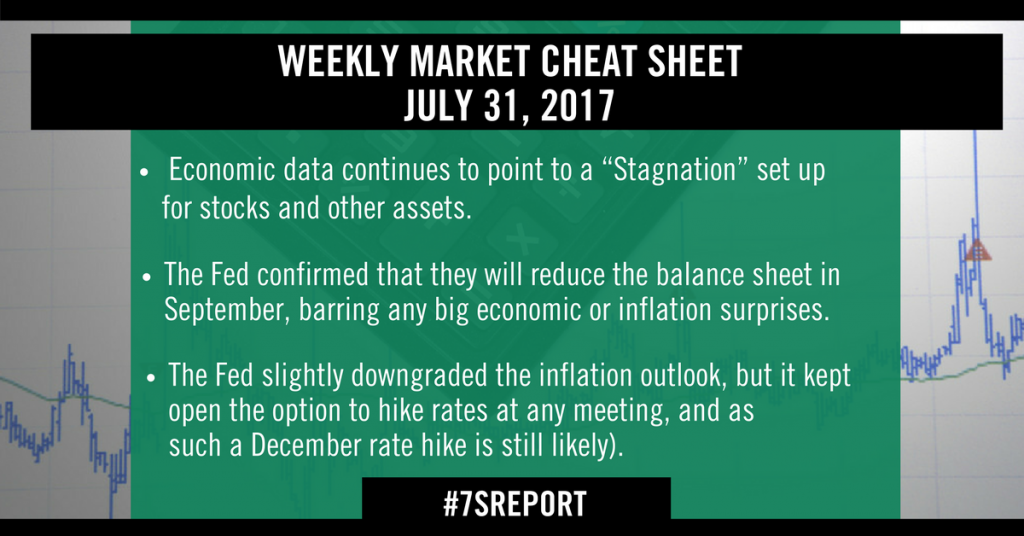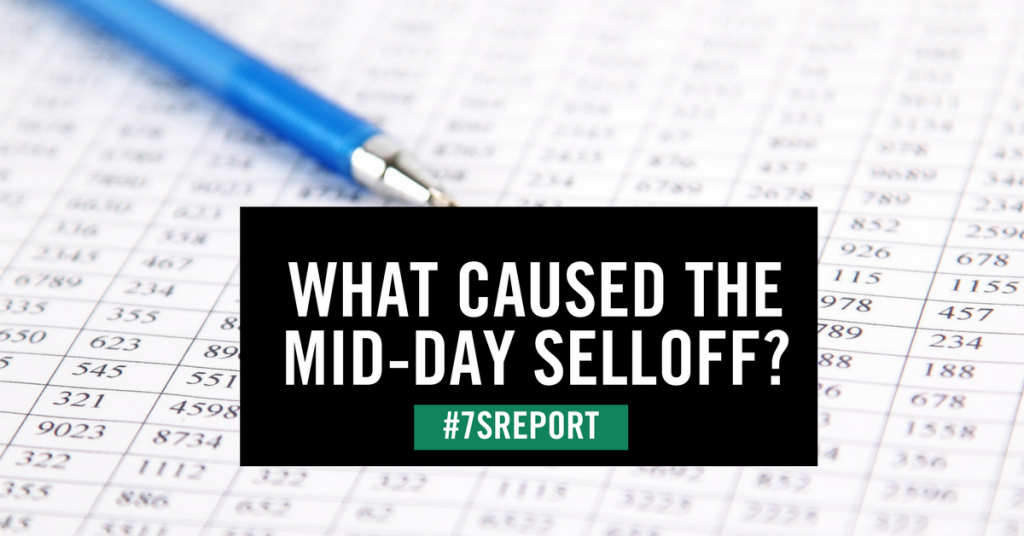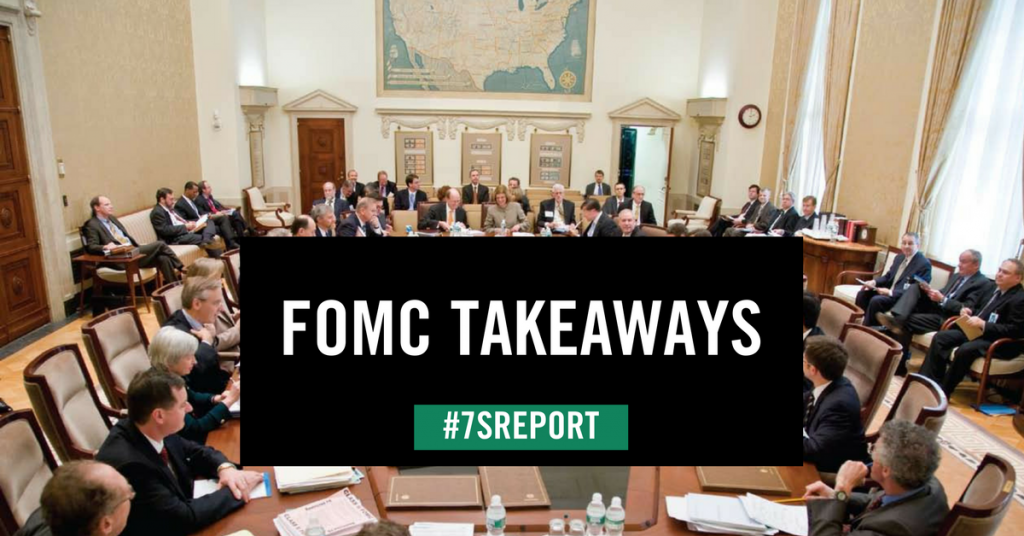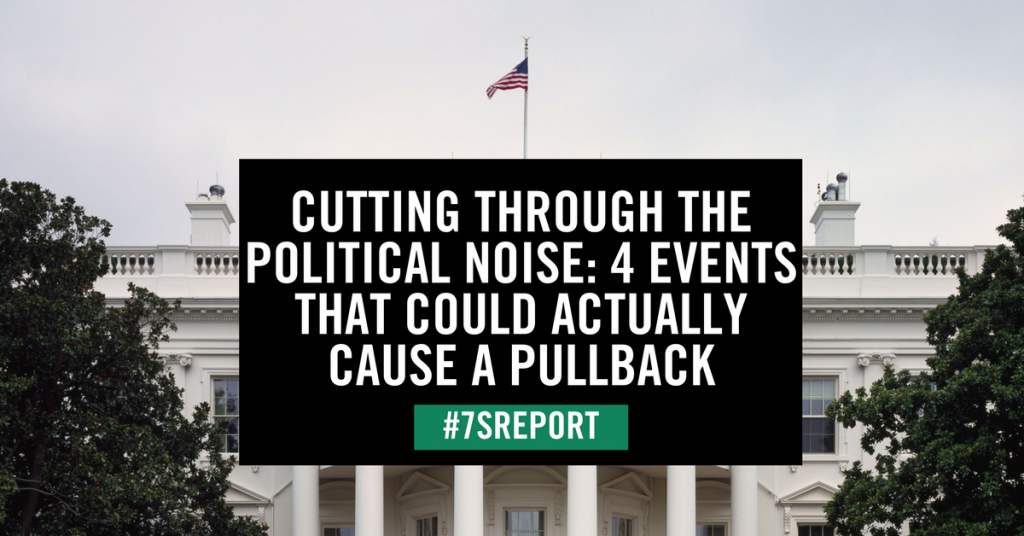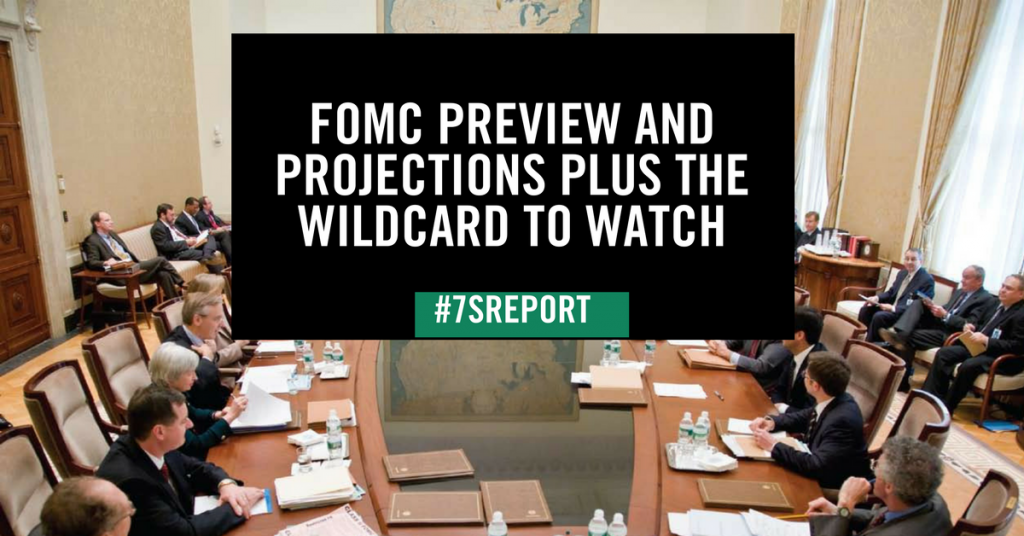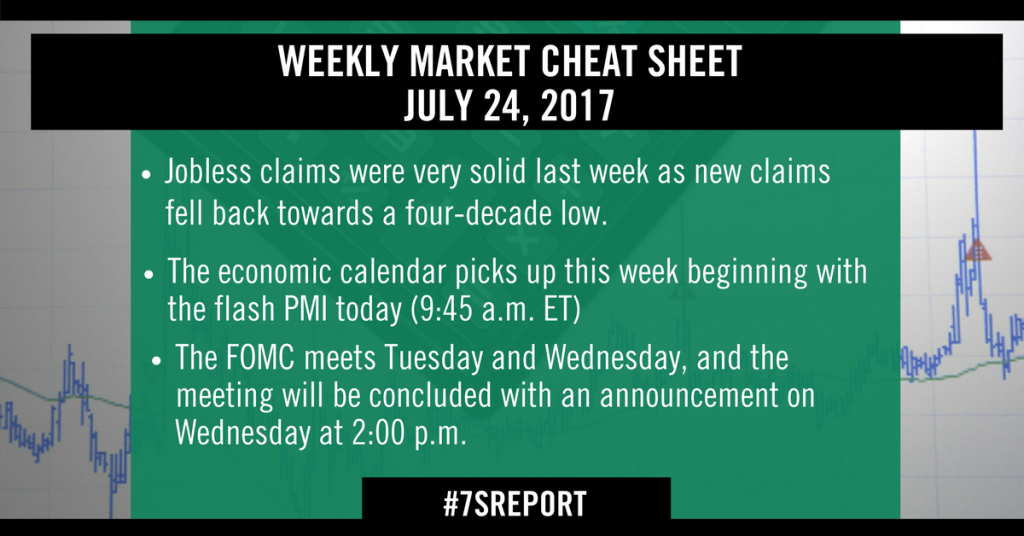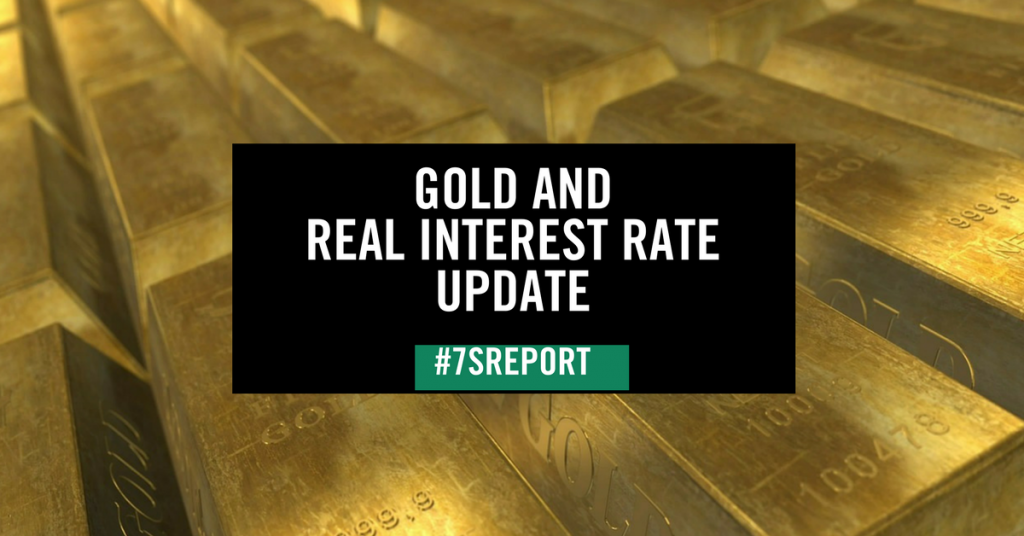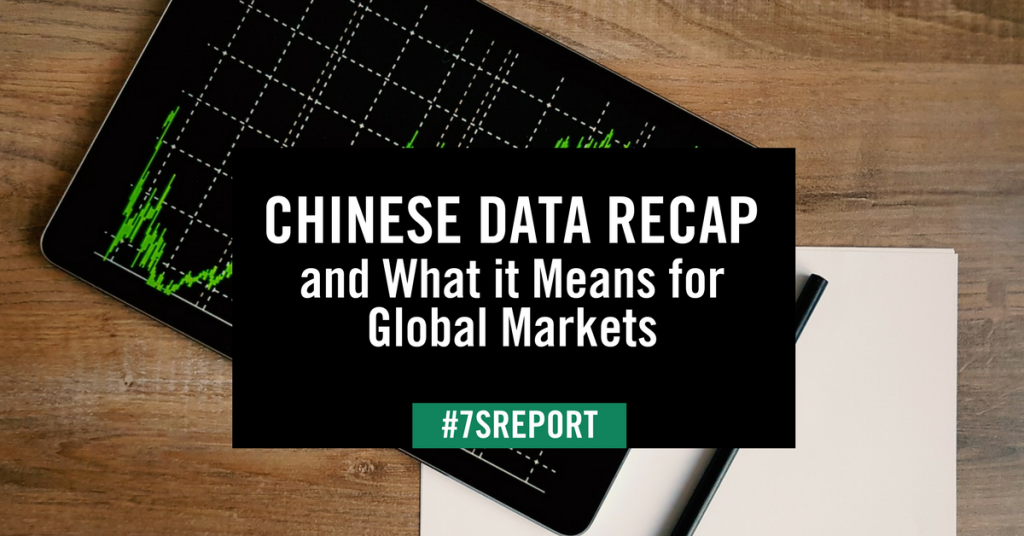Weekly Market Cheat Sheet, July 31, 2017
Join hundreds of advisors from huge brokerage firms like Morgan Stanley, Merrill Lynch, Wells Fargo Advisors, Raymond James and more… see if The Sevens Report is right for you with a free two-week trial.
Last Week in Review
Data has been remarkably consistent the last few weeks, including last week: “OK” but not great economic growth, and consistent signs that inflation is losing momentum. As such, the economic data continues to point to a “Stagnation” set up for stocks and other assets.
Given that inflation trends are more important than growth trends right now, I’ll start with the Quarterly Employment Cost Index, which, like many other inflation indicators in Q2, slightly missed estimates. The Q2 ECI rose 0.5% vs. (E) 0.6, maintaining a 2.4% yoy increase from Q1, but slightly disappointing vs. expectations.
Additionally on Friday, the PCE Price Indices from the Q2 GDP report showed deceleration in the pace of inflation. The PCE Price Index rose just 1% in Q2 vs. (E) 1.2%. Now, none of these inflation statistics are particularly bad. Yet from a policy standpoint, these numbers won’t make the Fed eager to tighten policy ahead of the current schedule (balance sheet reduction in September, rate hike, probably, in December).
Turning to actual growth data, it was “ok” but not great. Q2 GDP met expectations with a 2.6% yoy gain, and that was a true number as Final Sales of Domestic Product (which is GDP less inventories) was also 2.6%. Consumer Spending, or PCE as it’s known in the GDP report, rose 2.8%, again a solid but unspectacular number.
Similarly, June Durable Goods, while a decent report, wasn’t that strong. The headline was a big beat at 6.5% vs. (E) 3.5%, but that was because of one-time airline orders. New Orders for Non-Defense Capital Goods ex-aircraft, the best proxy for corporate spending and investment, was revised higher in May but dipped 0.1% in June.
Point being, like most growth data recently, it wasn’t a bad report, but it’s not the kind of strength that will spur a reflationary rally.
Finally, the one economic data point that was strong last week was the July flash manufacturing PMI. It rose to 54.2 vs. (E) 53.2, but while that is a potential positive (it’s a July report so it’s the most current) the PMIs are surveys, and the gap between soft survey data and “hard” economic numbers remains wide.
Turning to the Fed meeting last week, the two takeaways were: 1) The Fed confirmed that they will reduce the balance sheet in September, barring any big economic or inflation surprises. 2) The Fed did slightly downgrade the inflation outlook, but importantly it kept open the option to hike rates at any meeting, and as such a December rate hike is still likely).
This Week’s Preview
As stated, inflation is more important than growth data right now, so that means two most important numbers this week will be tomorrow’s Core PCE Price Index (contained in the Personal Income and Outlays report) and Friday’s wage data in the jobs report.
Stocks have rallied since Yellen turned incrementally dovish at her Humphrey-Hawkins testimony, and soft inflation data will further that sentiment and underpin stocks.
Conversely, if we see inflation bounce back, that will push bond yields higher and help reflation assets (banks, small caps, inverse bond funds, cyclicals).
But, inflation stats aren’t the only important numbers this week as we get the latest final manufacturing and composite US and global PMIs. They remain important because they will provide anecdotal insight into the pace of the US and global economy. But again, it would be a pretty big surprise if the data suddenly showed slowing in the global economy.
On the flip side, at least for the US, a strong report would be welcome, because strong economic data won’t cause the Fed to get more “hawkish” unless inflation ticks higher.
Time is money. Spend more time making money and less time researching markets every day.
